
The sudden, untimely death of Elvis Presley on August 16, 1977, at the tender age of 42, sent shockwaves across the globe, silencing the vibrant voice that had captivated millions and forever altering the landscape of popular music. For decades, the public narrative surrounding the King of Rock and Roll’s demise was shrouded in a tragic simplicity, often attributed to a heart attack, a seemingly straightforward end to a life lived in the most extraordinary of spotlights. Yet, beneath the initial headlines and the enduring myth, a far more complex and distressing reality has steadily emerged, hinting at a web of health struggles and dependencies that paint a profoundly different picture of his final moments.
Indeed, the layers of speculation and hushed rumors have always simmered, fueled by the unprecedented decision to seal the details of his autopsy report for half a century. This veil of secrecy, only set to lift in 2027, has inadvertently fanned the flames of curiosity, prompting investigators, medical professionals, and those closest to Elvis to share fragments of information that collectively begin to piece together a more comprehensive, albeit heartbreaking, understanding of his condition in the lead-up to his death. These insights suggest a life increasingly consumed by ill health and a reliance on substances, far removed from the dazzling persona he projected on stage.
In this in-depth exploration, we embark on a meticulous examination of the tragic details that have allegedly surfaced from the periphery of Elvis Presley’s closely guarded autopsy and the accounts of those who witnessed his final, agonizing years. From the immediate discovery of his body to the contentious role of prescription medication, and the intriguing medical theories that challenge conventional wisdom, we delve into the profound human story behind the legend, seeking to understand the intricate factors that converged on that fateful August day. Prepare to step beyond the glitzy veneer and confront the poignant truths of Elvis’s final chapter.

1. **The Fateful Discovery at Graceland: August 16, 1977**The morning of August 16, 1977, began, for all intents and purposes, as any other at Graceland, the iconic Memphis estate of Elvis Presley. It was his then-girlfriend, Ginger Alden, who would make the harrowing discovery that would forever etch itself into music history and the collective consciousness of a grieving world. She recounted the chilling event in her book, detailing the profound stillness and immobility of the rock and roll legend’s body.
Alden vividly described the scene: “His arms lay on the ground, close to his sides, palms facing upward. It was clear that, from the moment he landed on the floor, Elvis hadn’t moved. I gently turned his face toward me. A hint of air expelled from his nose.” This stark image painted a picture of a life abruptly extinguished, a tragic end for a man whose vibrant energy had once defined an era. Her immediate intuition confirmed the worst, a moment that would forever define the last glimpse of Elvis alive.
The profound shock of finding the King of Rock and Roll unresponsive, face down on the bathroom floor, supposedly having fallen from the toilet, reverberated instantly. His death at just 42 years old was an unfathomable blow, cutting short a career that had spanned decades, marked by a signature bluesy rasp and unparalleled stage presence. The immediate circumstances of his passing were shrouded in a haze of sorrow, leading to an initial public narrative that sought to simplify the unspeakable loss.

2. **The Initial Narrative vs. Lingering Questions**In the immediate aftermath of Elvis Presley’s death, reports swiftly circulated, largely attributing his demise to a heart attack. This explanation, while devastating, offered a conventional understanding to the public, attempting to reconcile the sudden loss of a seemingly robust and iconic figure. The narrative from reporters initially aimed to provide a clear, albeit tragic, cause of death for the beloved star, focusing on a sudden, natural physiological failure.
However, even in those early hours, subtle contradictions and questions began to emerge, hinting at a more complex reality. An original NBC Nightly News broadcast from August 16, 1977, for instance, chastely reported that Presley simply “quit breathing,” yet paradoxically added that “he didn’t drink, smoke or drive his own car.” This statement, seemingly intended to present a picture of a healthy individual, immediately clashed with the emerging, unofficial details about his lifestyle and health struggles.
This early divergence between the official pronouncements and the subtle hints of deeper issues laid the groundwork for decades of speculation. The initial narrative, while widely accepted, failed to fully capture the myriad of tragic factors that, as subsequent decades would reveal, significantly contributed to his mysterious death. It served as a starting point, but not the whole truth, leaving an enduring sense of incompleteness around the circumstances of his passing.
Read more about: The Unbearable Weight of Regret: Deconstructing James Cameron’s Singular Apology for a Pivotal ‘Titanic’ Scene

3. **A Veil of Secrecy: The Fifty-Year Autopsy Seal**Perhaps one of the most enduring and intriguing aspects surrounding Elvis Presley’s death is the unprecedented decision by his family to seal his full autopsy report. This critical document, which could provide definitive answers to many lingering questions, was deemed confidential and placed under lock and key, inaccessible to the public until the year 2027. This extraordinary measure immediately fueled public curiosity and speculation, transforming the King’s final medical findings into one of the most guarded secrets in celebrity history.
Because of his family’s litigation, Elvis Presley’s autopsy has been and will remain guarded from the public until 2027. This decision, while protecting the family’s privacy, simultaneously ensured that the immediate public discourse could not fully grasp the precise medical realities of his condition. It meant that initial media reports and public understanding relied on limited, often generalized, information, leaving ample room for rumor and conjecture to thrive in the absence of hard facts.
Over the years, various attempts have been made to challenge this sealing and gain access to the report, including efforts in the early 1980s by the ABC TV program “20/20,” but to no avail. The family’s resolve to keep the details private has remained steadfast, maintaining a fifty-year moratorium that has only intensified the intrigue. As 2027 approaches, the anticipation builds for what revelations might finally emerge from behind this decades-long veil of secrecy, promising a potential unraveling of long-held mysteries.
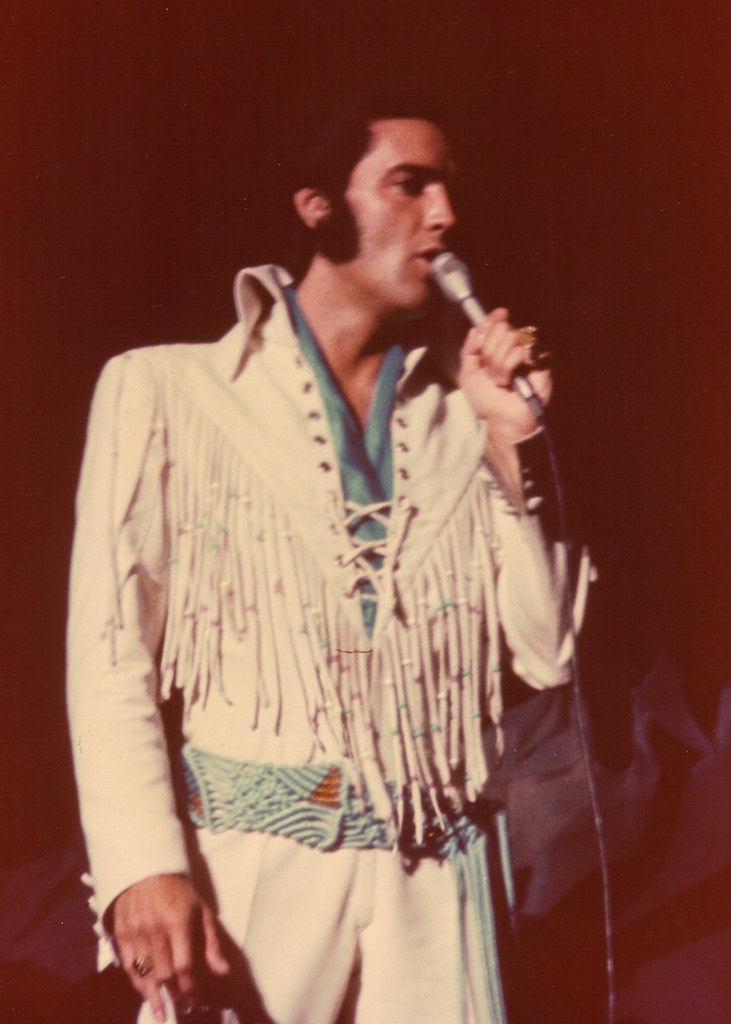
4. **The Pharmacological Shadow: A Cocktail of Prescription Drugs**While the full autopsy report remains sealed, various fragments and expert opinions have surfaced over the years, painting a disturbing picture of Elvis Presley’s physiological state at the time of his death. Central to these revelations is the widespread belief that the beloved star was significantly under the influence of prescription drugs, a detail that starkly contradicts the initial, cleaner narrative presented to the public.
According to “RM 8–SU: Unintended Consequences: A Case Study of Elvis Presley,” the musician allegedly ingested eight prescription medications prior to his death. This staggering number indicates a profound dependency, far beyond casual use. The sheer quantity and variety of drugs suggest a complex medical profile, where multiple substances were likely interacting within his system, potentially exacerbating his already deteriorating health.
The study cited the opinion of Los Angeles coroner Thomas Noguchi, who stated that Presley had ingested Demerol, antihistamines, and tranquilizers, among other things. This specific enumeration of powerful pharmaceutical agents, if accurate, underscores a severe and alarming pattern of polypharmacy. These medications, individually potent, could have collectively contributed to a state of profound impairment, fundamentally altering the circumstances of his final hours and raising serious questions about his immediate cause of death.

5. **Dr. George Nichopoulos: The Physician at the Center of Controversy**The tragic narrative of Elvis Presley’s final years cannot be fully understood without examining the controversial role of his personal physician, Dr. George Nichopoulos, often referred to as “Dr. Nick.” His relationship with the King, and particularly his prescribing practices, became a focal point of scrutiny and ignited a firestorm of ethical questions, casting a long shadow over the medical care Elvis received.
It is widely alleged that Elvis’s prescription drug use was not merely a personal struggle but a symptom of a larger dependency on medication, largely aided by his doctor. Dr. Nichopoulos reportedly prescribed him an inordinate amount of meds, a detail that has been cited in various accounts. In the seven months leading up to his death, the singer had allegedly been prescribed nearly 9,000 pills, vials, and injections, an astonishing figure that speaks volumes about the scale of his pharmaceutical intake and the physician’s involvement.
Despite the controversy, Dr. George Nichopoulos was ultimately found not guilty on charges of overprescribing, following a defense that included the examination of Elvis’s findings by California physician Forest Tennant. Nevertheless, the sheer volume of medications prescribed and the physician’s intimate involvement in Elvis’s life continue to fuel intense debate. His name remains inextricably linked to the tragic circumstances, highlighting the complex and often fraught relationship between celebrity patients and their caregivers.
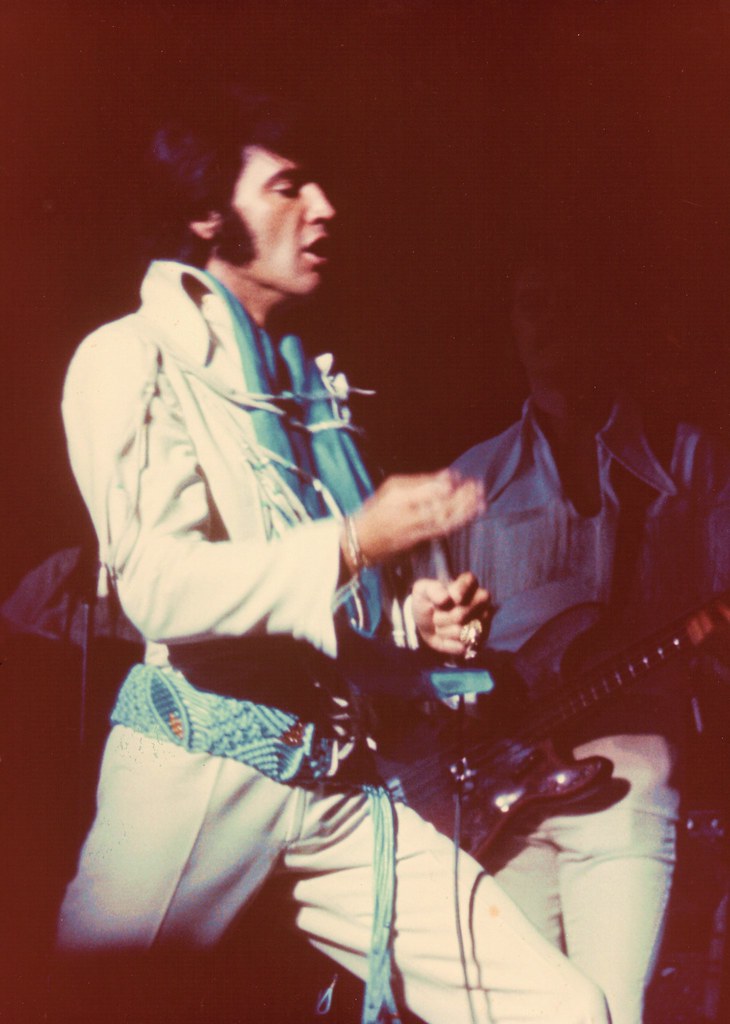
6. **The “Valsalva’s Manoeuvre” Theory: A Heart-Stopping Strain**While prescription drug abuse is frequently cited as a major contributing factor to Elvis Presley’s death, an intriguing and somewhat macabre alternative theory emerged from Dan Warlick, an investigator from the Tennessee Office of the State Chief Medical Examiner. Warlick, who was actually present for the autopsy despite not reading the sealed report, supported the heart-related death theory, but with a highly unusual and unfortunate twist that garnered significant attention.
Warlick proposed that Presley’s chronic constipation – a severe condition resulting from years of prescription drug abuse and a high-fat, high-cholesterol gorging diet – brought on what is known as Valsalva’s manoeuvre. This physiological action, typically used to test heart function or clear ears, involves straining, as one might during a bowel movement. In Elvis’s case, the strain of attempting to defecate allegedly compressed the singer’s abdominal aorta, tragically shutting down his heart.
“Put simply,” Warlick stated, as noted by the Mirror, “the strain of attempting to defecate compressed the singer’s abdominal aorta, shutting down his heart.” This theory offered a stark, visceral explanation for the suddenness of his death, moving beyond a simple “heart attack” to pinpoint a specific, internal mechanism. It connected his lifestyle choices, drug dependencies, and underlying health issues in a singularly devastating conclusion, profoundly impacting the understanding of his final moments.

7. **Priscilla Presley’s Echoes: Unheeded Warnings and Interventions**Long after their divorce, Priscilla Presley, Elvis’s former wife and the mother of his only child, Lisa Marie, offered a poignant perspective on his struggles, confirming his pervasive drug use and the desperate, yet ultimately futile, attempts by those around him to intervene. Her recollections provide a deeply personal insight into the King’s battle with addiction and the helplessness felt by his inner circle, adding a layer of human tragedy to the unfolding narrative.
Priscilla shared with People in 2018 about her self-produced documentary, “Elvis Presley: The Searcher,” that his drug use began during his days in the army. She recalled, “It was difficult for all of us, we certainly didn’t see it coming. But we certainly saw the journey he was taking.” This admission from such a close figure underscores that Elvis’s struggles were not a sudden onset but a prolonged, observable decline, casting a somber light on his later years.
Addressing the long-touted speculation about his circle’s perceived lack of intervention, Priscilla countered, “Well, that’s not true. People there in the inner group did, but you did not tell Elvis Presley what to do … He knew what he was doing.” Her words paint a picture of a man fiercely independent and resistant to help, illustrating the immense difficulty in confronting a superstar of his stature. She recounted the heartbreaking moment she learned of his death, a phone call from Elvis’ friend, Joe Esposito, stating, “I will never forget this. He says to me, ‘Priscilla … it’s Elvis’ … and when he told me that he was dead, it was like … hoping to wake up from a nightmare … and I couldn’t believe that he died.” Her profound grief serves as a testament to the devastating impact of his loss, and the unyielding sorrow over the path he had chosen.”
Even as the world grappled with the immediate shock of Elvis Presley’s passing, a more profound and disturbing narrative began to coalesce, one that painted a picture of a man in advanced physical and mental decline long before his untimely demise. The glitz and glamour that defined his public persona in the latter years often masked a private reality of intense suffering, a decade marked by a slow, agonizing deterioration of his health. This downward trajectory was deeply intertwined with both his lifestyle choices and a cascade of complex medical conditions that would ultimately prove fatal. We delve now into the specifics of this decline, the nuanced interpretations of his final moments, and the emerging medical theories that offer startling new insights into the King’s tragic end. It is a story of a body ravaged by unseen battles, a stark contrast to the vibrant icon the world adored.
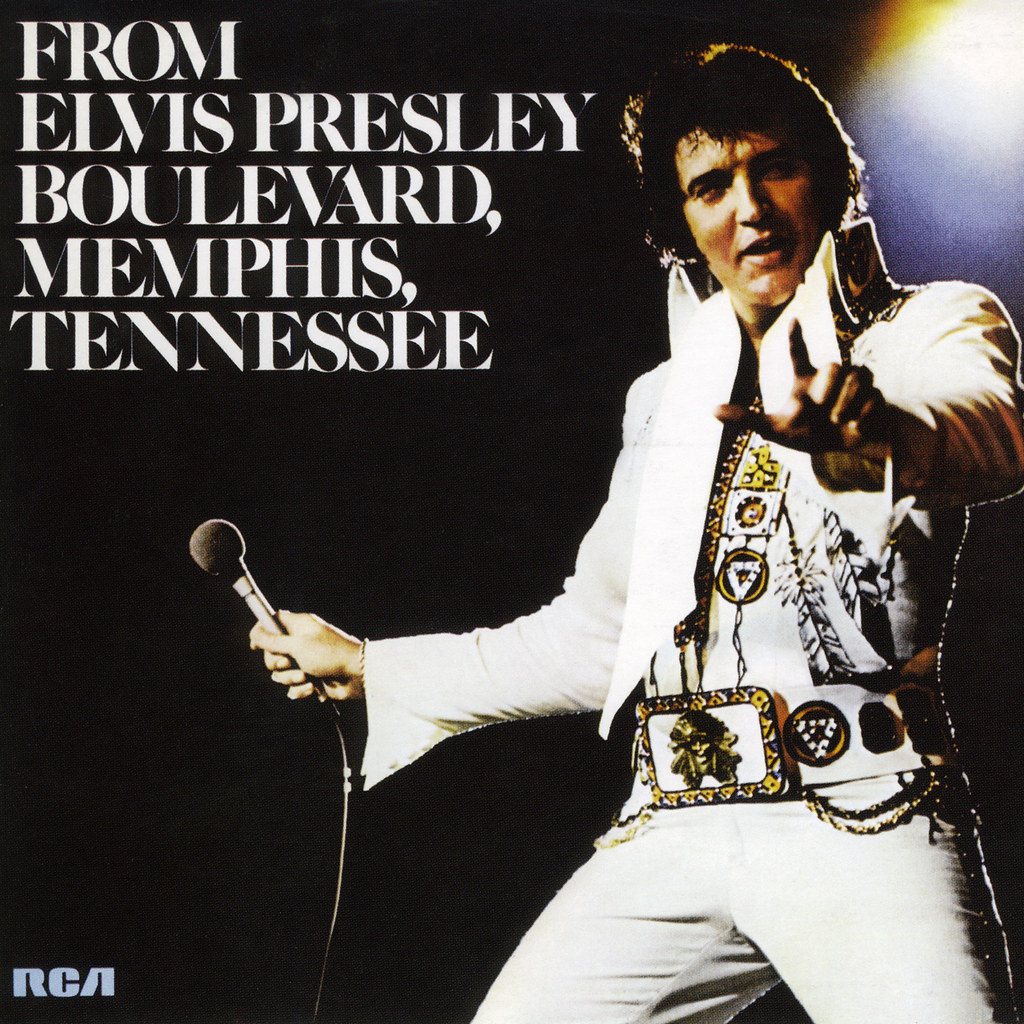
8. **The Decade of Decline: Elvis’s Worsening Physical State**The final decade of Elvis Presley’s life unfolded as a period of profound and accelerating physical decline, a stark contrast to the dynamic, energetic performer of his youth. This era, overshadowed by his struggles, saw a once-fit star undergo a dramatic transformation, his body bearing the heavy toll of years of drug abuse and detrimental eating habits. It was a private struggle largely hidden from his adoring public, who still saw glimpses of the dazzling King.
Reports indicate that by the end of his life, the music icon weighed 25 stone, a testament to months spent secluded in his bedroom, indulging in what were described as cheeseburger platters. This dramatic weight gain was more than a cosmetic change; it was a visible manifestation of an internal system under immense strain, contributing to a host of other health complications that were rapidly emerging. His once vibrant health was being systematically eroded.
Indeed, the troubled star found himself in need of constant nursing care, a poignant detail that underscores the severity of his condition. It was even reported that throughout 1975, Elvis refused to bathe, a distressing habit that consequently led to the development of sores across his body, as noted by the Mirror. These details paint a heartbreaking picture of a legend isolated by his ailments, slowly succumbing to the very habits and health issues that consumed his final years.
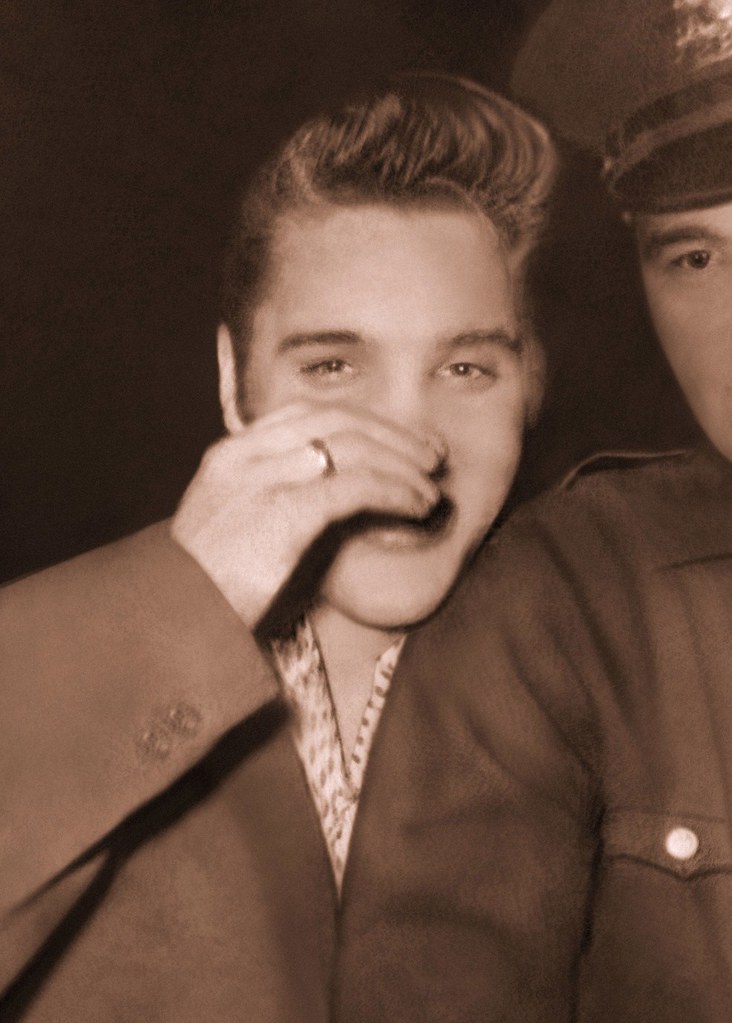
9. **A Battle with Chronic Constipation and Megacolon**Central to Elvis Presley’s agonizing physical decline was a severe and persistent battle with chronic constipation, a condition so extreme it garnered significant attention in post-mortem analyses. This particular ailment was not a minor discomfort but a debilitating health crisis, largely fueled by his years of prescription drug abuse and a diet notoriously high in fat and cholesterol. It became a pervasive and deeply uncomfortable aspect of his daily existence.
A post-mortem examination, while officially sealed, allegedly revealed the shocking detail of four-month-old compacted stool lodged within his bowel. This grim discovery highlights the extraordinary severity of his condition, suggesting a digestive system that had long ceased to function normally. Such an extreme case of impaction would undoubtedly have caused immense pain and further compromised his already fragile health, making even basic bodily functions a monumental struggle.
According to Mary Roach’s “Gulp: Adventures on the Alimentary Canal,” constipation was a very real and constant problem for Elvis, necessitating daily enemas and laxatives in an unending effort to manage the condition. This constant intervention underscores the medical gravity of his situation, indicating that his body was in a state of severe imbalance. It was widely rumored that Elvis suffered from what is known as a ‘megacolon,’ a condition where the large intestine becomes abnormally distended and filled with impacted material, as reported by NBC News.
This diagnosis of megacolon was not just a rumor; in 1975, Elvis was hospitalized and found grappling with this very condition, which causes the large intestine to become distended and potentially allows toxins to flood the body. The implications of this were dire, suggesting a systemic poisoning from within. It connected his lifestyle choices, drug dependencies, and underlying health issues in a singularly devastating conclusion, profoundly impacting the understanding of his final moments.

10. **Beyond the Heart Attack: Coroner Joseph Davis’s Interpretation**While popular narratives often settled on a simplistic heart attack theory for Elvis Presley’s death, and others leaned toward drug overdose, an alternative and compelling perspective emerged when his case was reopened in 1994. Coroner Joseph Davis, challenging the long-standing whispers of a drug overdose, offered a nuanced interpretation that provided a new angle on the King’s final moments. His assessment brought a critical medical viewpoint to the ongoing mystery.
Davis meticulously explained his theory, stating, “The position of Elvis Presley’s body was such that he was about to sit down on the commode when the seizure occurred. He pitched forward onto the carpet, his rear in the air, and was dead by the time he hit the floor.” This vivid description of his last posture and the sudden nature of his collapse suggests an abrupt physiological event, distinct from a gradual decline into unconsciousness typically associated with an overdose.
He further elaborated on why an overdose scenario didn’t align with the observed evidence: “If it had been a drug overdose, [Elvis] would have slipped into an increasing state of slumber. He would have pulled up his pajama bottoms and crawled to the door to seek help. It takes hours to die from drugs.” Davis’s argument reframed the immediate cause of death, suggesting a sudden, catastrophic seizure rather than a prolonged drug-induced fading, adding another layer of complexity to the tragic final act of Elvis Presley.

11. **The Enigmatic Medical Examiner’s Report: Unanswered Questions**Despite the sealing of Elvis Presley’s official autopsy, a brief, two-page medical examiner’s report completed by Shelby County, Tennessee Medical Examiner Dr. Jerry Francisco, on October 20, 1977, provides a tantalizing, albeit incomplete, glimpse into the immediate aftermath of his death. This document, now public record, offered some insights into how Elvis was found, yet it also notably left several critical questions unanswered, perpetuating a shroud of mystery.
While the report meticulously noted Presley’s full name, address (3764 Elvis Presley Boulevard), race, , and age, alongside his eye and hair color and lack of facial hair, its omissions were equally striking. Key fields such as his weight, length, body temperature, and the precise date and time of death were all conspicuously left blank. This lack of detail is particularly significant given that, towards the end of his life, Presley was known to have gained a significant amount of weight, reportedly reaching 350 pounds, a detail that could have illuminated discussions surrounding his health.
Dr. Francisco ultimately listed Elvis Presley’s manner of death as “natural,” with a probable cause identified as “H.C.V.D. associated with ASHD,” shorthand for hypertensive cardiovascular disease associated with arteriosclerotic heart disease. The report also detailed physical observations, including “Congestion to face & upper torso,” a pressure mark near his left eye, and a “sutured thoracotomy on the left side of his abdomen.” Furthermore, it noted the presence of rigor mortis and marked “livor color” as fixed, providing clues about the pooling of blood and the approximate time of death. These medical specifics, while clinically precise, only partially addressed the public’s pervasive curiosity.
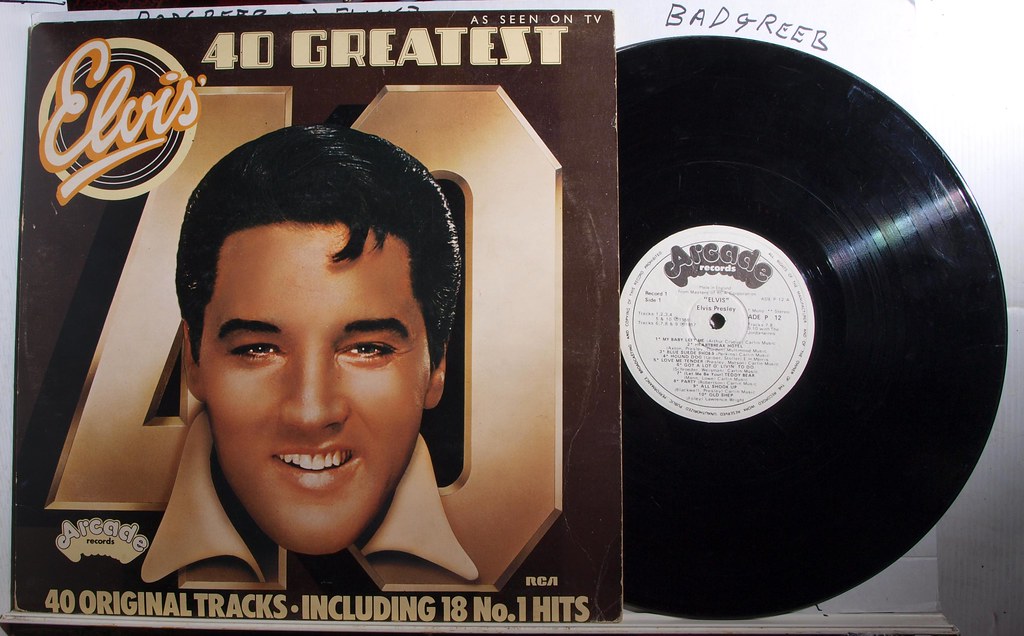
12. **A Cascade of Illnesses: Forest Tennant’s Revelations**Beyond the immediate circumstances of his passing, California physician Forest Tennant, who examined findings while defending Dr. George Nichopoulos, revealed a more profound and systemic issue: Elvis experienced “advance deterioration throughout his entire body.” This overarching diagnosis provides a crucial framework for understanding the myriad health struggles that plagued the King during his later years, indicating a deeply compromised physiological state that went far beyond isolated ailments.
Tennant meticulously detailed a disturbing chronology of Elvis’s worsening health, tracing a path from the late 1960s. Initially, Elvis complained of vertigo, back pain, insomnia, eye infections, and persistent headaches. These seemingly disparate symptoms were, in Tennant’s view, early indicators of a much larger, insidious problem that was slowly consuming him from within, beginning long before his dramatic final decline.
The situation escalated dramatically in 1973 when Elvis was urgently hospitalized in a semi-comatose state, presenting with jaundice, severe respiratory distress, significant facial swelling, a distended abdomen, intractable constipation, a bleeding gastric ulcer, and hepatitis. Two years later, in 1975, he returned to the hospital, this time grappling with high blood pressure, elevated cholesterol levels, and the aforementioned megacolon. Adding to this formidable list of ailments, Elvis suffered at least four near-fatal overdoses, endured an enlarged heart twice its normal size, and, despite never being a smoker, battled emphysema. This extensive list paints a vivid, heartbreaking portrait of a body utterly ravaged by disease.
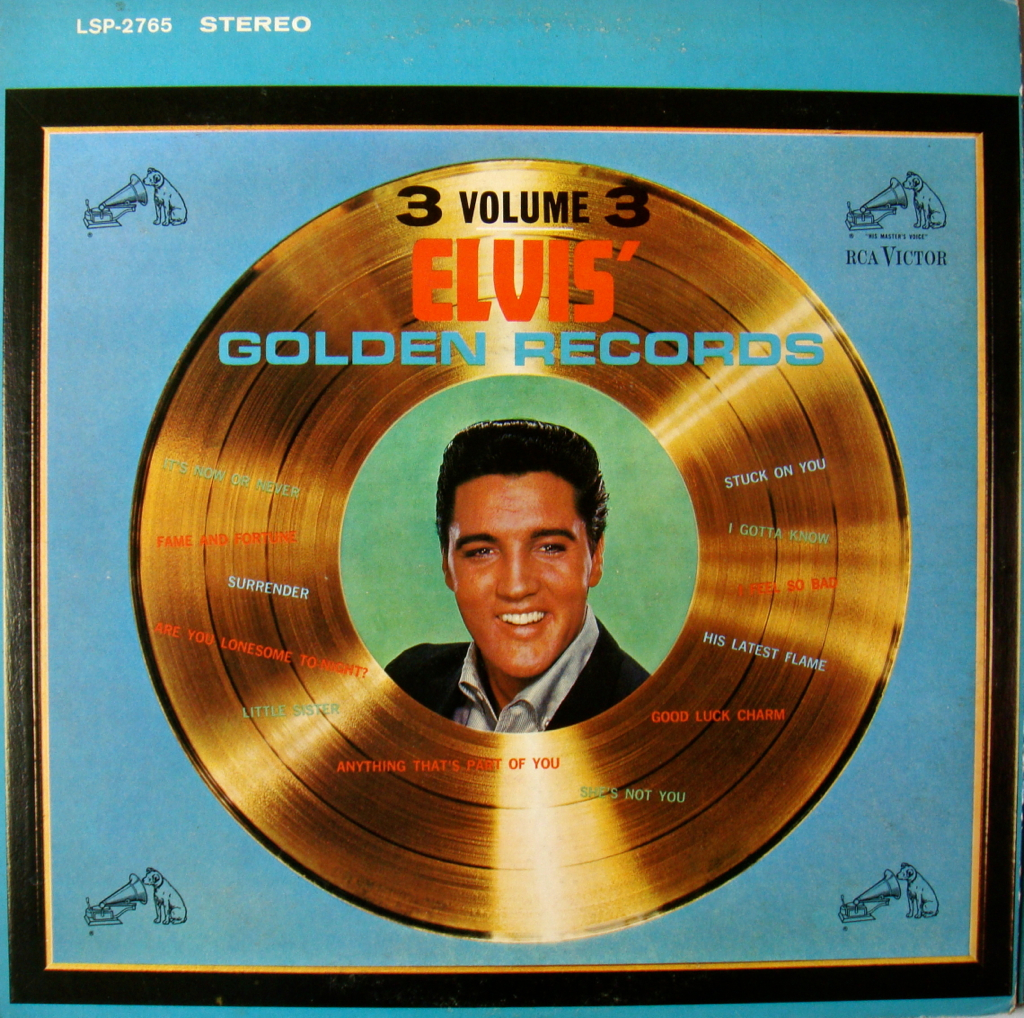
13. **The Autoimmune Theory: A Head Injury’s Lasting Impact**What could possibly explain such a relentless onslaught of diverse and debilitating diseases affecting Elvis Presley’s stomach, liver, lungs, heart, spine, eyes, and bowel? Forest Tennant posited a groundbreaking theory, suggesting that the root cause of Elvis’s profound suffering could be traced back to a serious head injury he sustained in 1967. This traumatic event, Tennant believes, served as a catastrophic trigger for a progressive autoimmune inflammatory disorder, fundamentally altering the course of his health.
Tennant, in a 2013 medical paper, elaborated on the nature of this pivotal injury. He theorized that when Elvis tripped over a television cord and knocked himself unconscious on the bathtub, the impact was so severe that it caused brain tissue to dislodge and seep into his bloodstream. This event, at the time, might have seemed like a simple accident, but its long-term biological consequences, as Tennant argued, were devastating and irreversible.
In that era, medical understanding of autoimmune disorders was nascent. However, as Tennant underscored, these conditions are now recognized as potential culprits for a wide array of afflictions, from chronic pain and “wacky behavior” to obesity and failing organs. He drew a compelling parallel, noting that “Add obesity and failing organs to the mix, and it’s got Elvis written all over it.” This theory suggests a tragic, underlying biological mechanism for his decline, offering a comprehensive explanation that unifies his diverse symptoms under a single, devastating umbrella. His insights were further supported by Garry Rodgers, a former death investigator, who in a 2016 Huffington Post interview, surmised that Elvis succumbed to a heart attack likely resulting from an autoimmune disease triggered by a head injury, reinforcing the profound implications of this theory.

14. **The Unveiling of Truth: Anticipating 2027**The full truth surrounding Elvis Presley’s death has remained stubbornly elusive, cloaked in a veil of secrecy that has only deepened public fascination and speculation for decades. However, a pivotal moment of revelation is on the horizon: the mystery surrounding his death could finally begin to unravel in 2027, with the long-awaited, scheduled release of his official autopsy report. This date has become a beacon of hope for those seeking definitive answers to a half-century of questions.
This unprecedented decision by his family to seal the autopsy for fifty years, due to litigation, ensured that this critical document remained guarded from public scrutiny. Despite various attempts to challenge this secrecy over the years, including efforts by ABC’s “20/20” in the early 1980s, the family’s resolve has held firm. The report’s contents have remained one of the most closely guarded secrets in celebrity medical history, fueling countless theories and interpretations in its absence.
As 2027 draws nearer, the anticipation builds with each passing year. The unveiling of Elvis Presley’s complete medical history promises not just to settle long-standing debates but to offer a more profound, fact-based understanding of the complex factors that contributed to the tragic demise of the King of Rock and Roll. It will be a moment when official medical records finally speak, potentially offering closure and a clearer picture of the human frailties behind the legend.
The journey through the tragic details allegedly found in Elvis Presley’s autopsy report and the various medical interpretations paints a poignant picture of a legend battling unseen demons and debilitating illnesses. From the immediate shock of his passing to the intricate theories surrounding his final moments and the cascading health issues of his last decade, the King’s story is far more complex than initial headlines suggested. As we look towards 2027, the promise of the full autopsy’s release holds the key to finally completing this profound and heartbreaking narrative, offering a definitive understanding of the man behind the myth, and the silent struggles that ultimately claimed one of the greatest voices of all time. His legacy, though eternal, will finally rest upon a foundation of truth, illuminating the full spectrum of his human experience.



